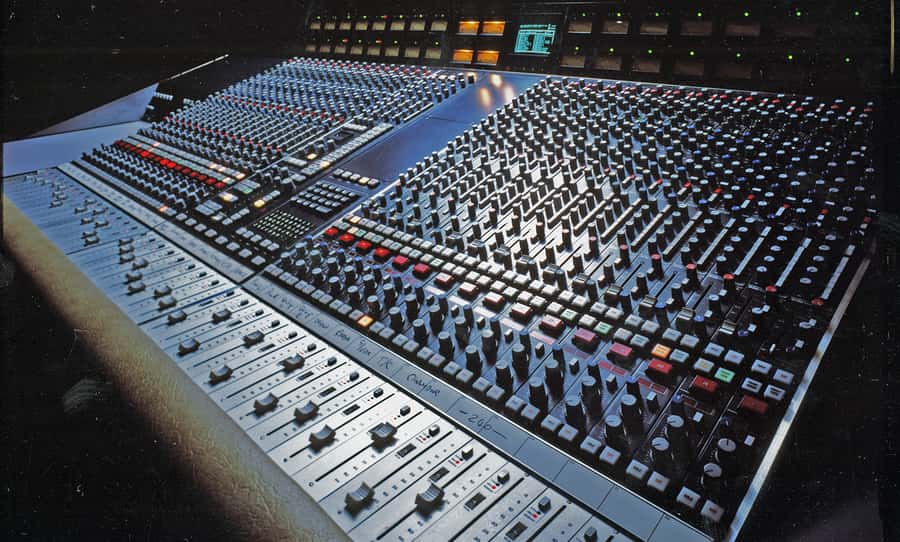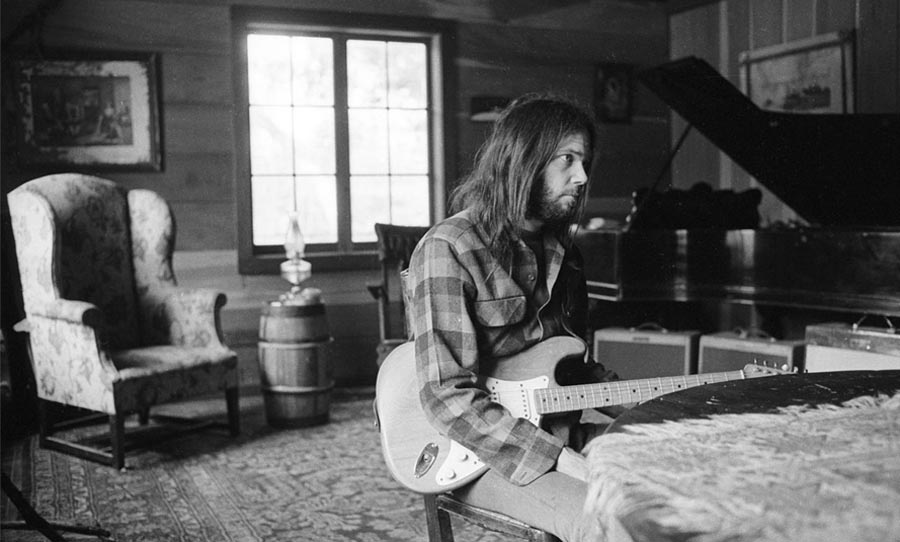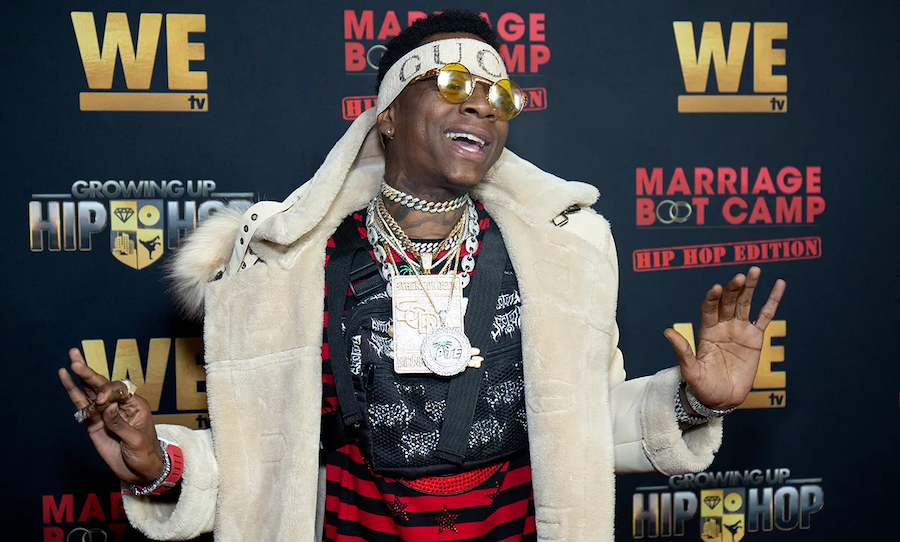SSL consoles are the silent force behind so many of the world’s most popular songs, their emergence forever revolutionising the recording process. But why were they so influential?
During the ’80s and the two decades which followed, the SSL console was used on thousands of hit albums, including the likes of David Bowie, Nirvana, The Rolling Stones, Madonna, Nine Inch Nails, and many more. In 1996, Billboard magazine described the console as the Rolls-Royce of the studio industry, reporting that it was used on 83% of number 1 hit singles produced that year.
And yet, only a decade earlier, basically no one had ever heard of it. So what was the story behind the rise of this influential and enduring piece of gear, and what is it that makes the SSL console so special?

In the early ’70s, studio recording was an overly costly process. This was due to the use of large-format consoles that operated by feeding multi-track tape machines. As time went on, a series of technological developments – including the advent of music sequencer technology, MIDI hardware, early computer-controlled Digital Audio Workstations (DAWs), and modular equipment – began to shift the nature of the audio world.
Then, in 1975, the first SSL console was invented by Colin Saunders in the small English town of Begbroke. Saunders’s interest in recording music first led him to build a solid-state control system for pipe organs. He named it “Solid-State Logic” due to the then-modern technology of transistor and FET switching that was involved.
Saunders’s early pursuits with pipe organs eventually led to the development of a console prototype in 1975, called the SL 4000 A. Only two of these were ever built, and they were used predominantly in his very own Acorn Studios. Nevertheless, it was an invention that would ultimately go on to change the working practices of nearly everyone in the mainstream music industry.
In 1977 he developed six SL 4000 Bs – the first desk of its kind to integrate a studio computer system. The console was revolutionary, anticipating the technological growth of the ’80s, and the accompanying push in popular music towards a more refined sound. One of the six 4000 Bs was sent straight to Abbey Road Studios.
Saunders would go onto become an incredibly influential figure in the audio world, in 1990 named one of the “Top Ten Audio Personalities of the 20th Century” by Studio Sound Magazine.
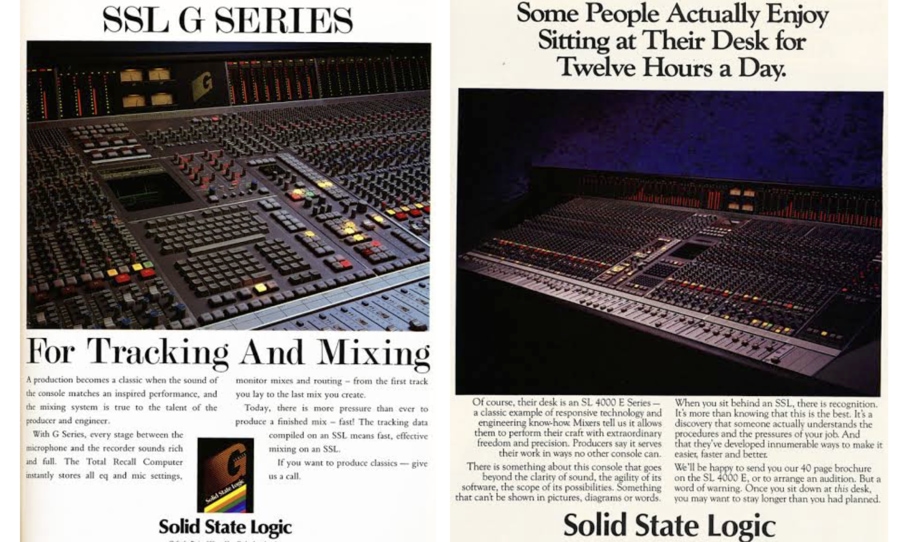
One of the factors which contributed to the success of the SSL console was the passion of its early adopters. The emergence of the console coincided with a new generation of producers, engineers, and mixers who were looking towards the future and experimenting with gear that was high-tech and modern.
In the UK, various iterations of the console were adopted by engineers at Sarm East Studios, including renowned producers Trevor Horn (Paul McCartney, Cher), Gary Langan (Queen, The Buggles), and Julian Mendelsohn (Dusty Springfield, Pet Shop Boys). In the US, the console was embraced by the likes of Bob Clearmountain (Bruce Springsteen, The Rolling Stones), Frank Filipetti (Kiss, Frank Zappa), as well as Chris Lord-Alge (Madonna, Green Day) and Tom Lord-Alge (U2, Oasis).
In an interview for Brainworx Audio, original SSL engineer Chris Jenkins discusses the SSL 4000 series and its popularity amongst such cutting-edge audio engineers.
“They seriously pushed the desk and you can hear it in what they were producing out of it,” describes Jenkins. “All of those mixes that come out of Sarm and those guys – they stand out today.”
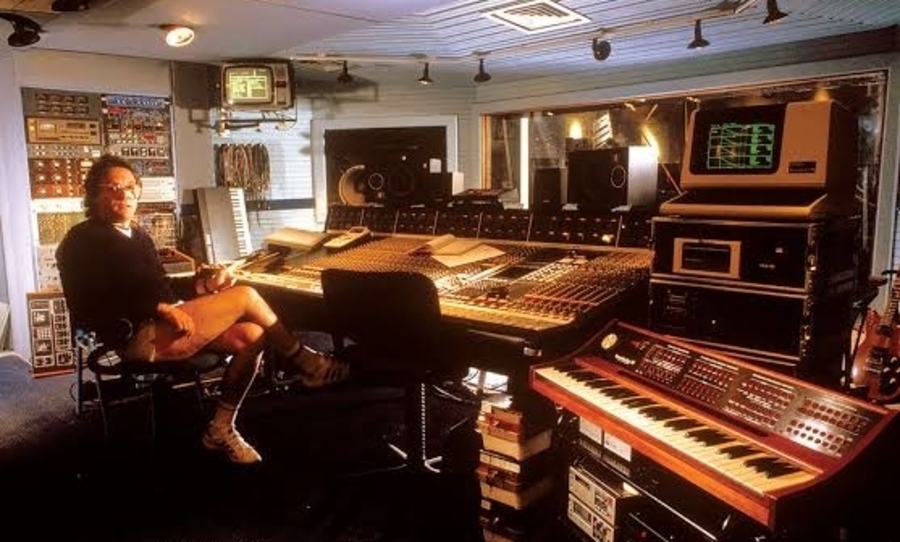
Of all the iterations, it was the SL 4000 E-series, created in 1983, which really made its mark. This version of the console brought with it a new highly versatile four-band EQ section – known as “Black Knob” EQ – which was developed with the help of Beatles producer George Martin.
The “Black Knob” EQ would become famous for its sensitivity, requiring only the slightest adjustments to achieve dramatic results. Sought after by many, the EQ earned a reputation for being the most powerful on the market. The E-series was eventually succeeded by the SL 4000 G-series which brought with it even more enhancements.
“The whole point of being in a recording studio is to deliver a performance,” describes Jenkins. “I felt very much with the SSL was that it enabled the engineer to concentrate more on getting the musicians to deliver a performance than technology getting in the way of that.”
The SSL console offered a tracking and mixing experience that was distinctive from any other. Along with its trailblazing computer control capabilities, it also brought in features like total recall and automation, giving every channel its own compressor and noise gate.
Renowned for its dynamic “Black Knob” EQ, the G-series also brought with it a punchy master buss compressors unlike any other. The console was defined by its summing architecture – combining multiple tracks and rerouting them to a stereo track – as well as its flexible routing options, allowing users to re-order the channel strip.
“It’s that flexibility that previously would have required spaghetti on the patch bay to achieve, and you could achieve it, and just from sitting in front of the console.”
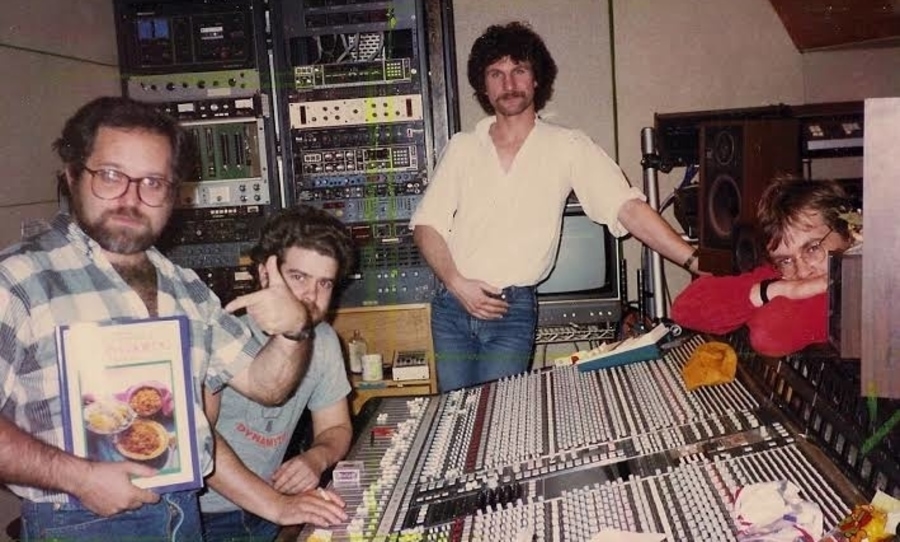
Each year at the AES Pro Audio Convention in New York, SSL would hold a user’s meeting in order to get feedback.
“Normally I had the short straw of trying to chair the user’s meeting,” describes Jenkins. “And what would happen was Bob Clearmountain would turn up and Frank Filipetti would turn up…I could just leave them to it. Someone would ask a question and Bob would say ‘Oh I do it like this’ and Frank would say ‘No you shouldn’t do it like that’ and I would just leave them to it – and it was great fun.”
In an interview with Sound on Sound, Trevor Horn describes the process of working with the SSL for the first time, during the mixing of the ABC track Look Of Love at Sarm East Studios:
“‘The Look Of Love’ was the first track that I mixed with a computer, because we’d just got the software for the SSL,” Horn describes. “Gary Langan and Julian Mendelsohn said, ‘We want to use the computer’, and I was like, ‘Fuck the computer, I hate the computer.’ I’d tried using NECAM (Neve automation system) and it had really screwed me up. So they pacified me and said, ‘Give us, like, five hours.’”

The SSL console was one of the first to have reverse talkback, a feature that allowed the engineer and musician to communicate with each other on either side of the glass using heavily compressed microphones. In 1980, British engineer Hugh Padgham discovered a quirk of the SSL console whilst working on the third solo album Peter Gabriel put out.
“One day, Phil [Collins] was playing the drums and I had the reverse talkback on because he was speaking, and then he started playing the drums. The most unbelievable sound came out because of the heavy compressor. I said, ‘My God, this is the most amazing sound! Steve, listen to this.’ But the way the reverse talkback was setup, you couldn’t record it,” Padgham describes in an interview with Mix magazine.
“So I had the desk modified that night. I got one of the maintenance guys to take the desk apart and get a split output of this compressor and feed it into a patch point on the jack field so I could then patch it into a channel on the board. From there, we were able to route that to the tape recorder.”
The resulting sound was a huge, crashing tone. One year later, Padgham would co-produce Collin’s own 1981 hit In the Air Tonight, and with a combination of the SSL’s compression, a CR78 drum machine, and the unique studio setup of the console, Padgham and Collins inadvertently created a drum sound that would go on to define an era.
In 2005, Gabriel went on to become a major shareholder of SSL, along with broadcast entrepreneur David Engelke.
Whilst continually evolving recording technology renders physical consoles like the SSL increasingly obsolete, the enduring influence of the SSL remains. When it emerged, there was no other console of its kind, and it went onto completely revolutionise the recording process. To this day, the profound influence of the SSL can be heard in the thousands of recordings that are cherished by so many, remaining the soundtracks to our lives still to this day.
